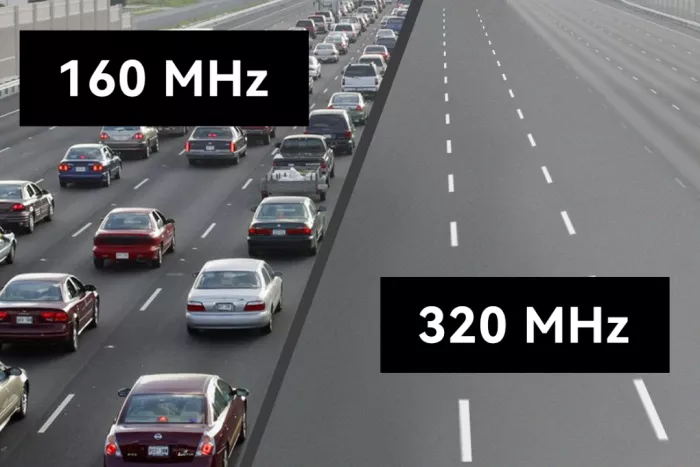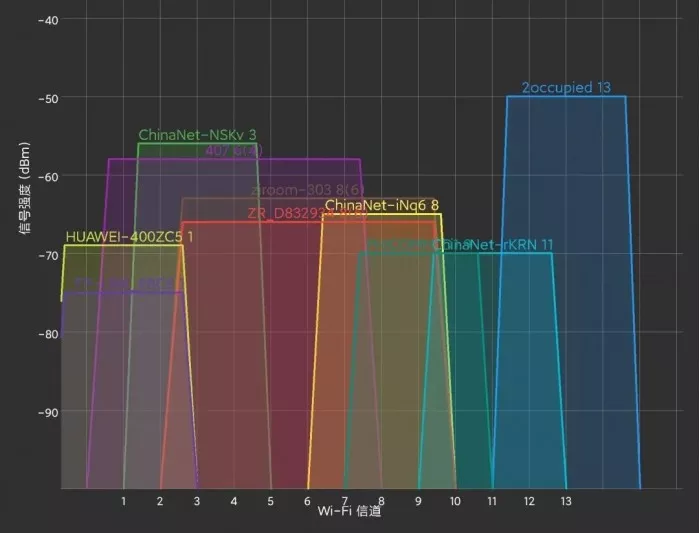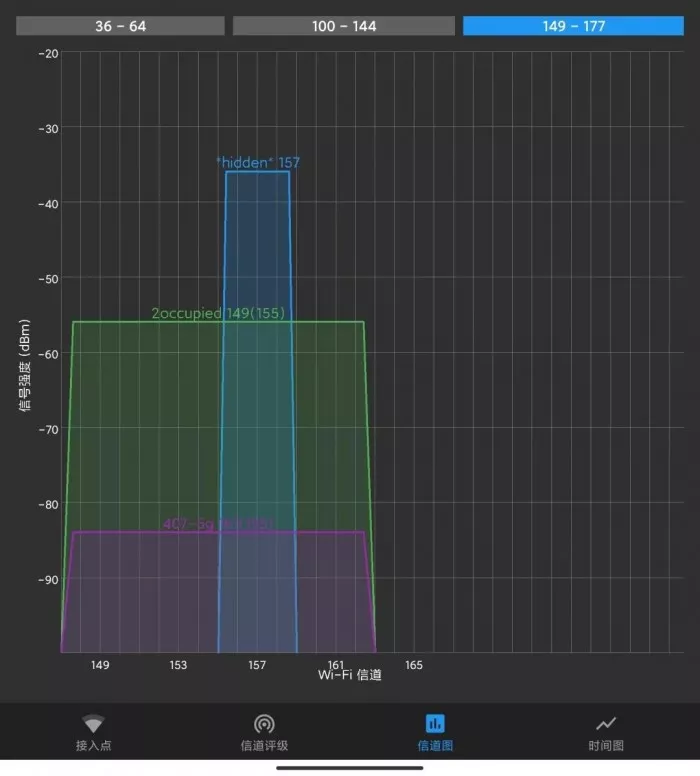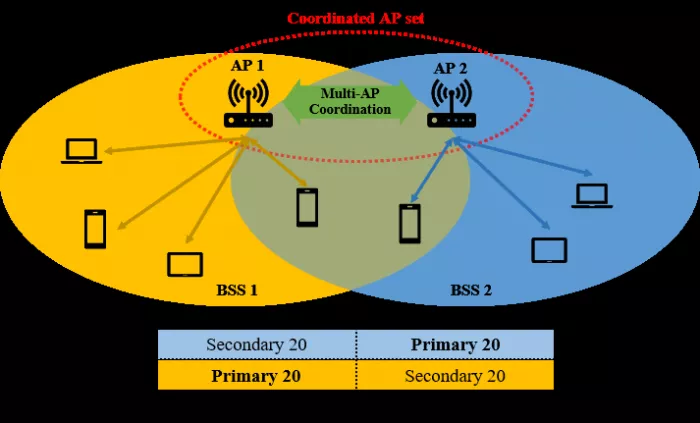Hey, wait, I'll lower my head and pick up a chalk. Why has the WiFi iterated to 7?
I think I bought [router] a few days ago( ?site_id=242986&euid=&t=https://list.jd.com/list.html?cat=670 , 699700), I felt that the manufacturer still used WiFi 6 support as the slogan
Sure enough, use this new name... Although the iterative relationship between each generation can be seen more clearly.
However, the urgency of being "eliminated" due to technological upgrading was immediately arranged.
So the question is, is WiFi 7 working?
How many surprises will it bring us?
>/ The first thing to bear the brunt is to get up soon
As a new generation of WiFi standard, it is needless to say that it has higher speed and lower delay.
If the improvement is not obvious, it will look down on the big guys on IEEE (WiFi 7, also known as ieee802.11be).
Here Tony checked some data and calculated it for you according to the theoretical and technical indicators of WiFi 7 to see what level its theoretical rate can reach.
If Tony's calculation is not correct, you are also welcome to correct it in the comment area.
First of all, WiFi 7 can support 4096 QAM (it can be understood that the transmitted signal density has increased), which is about 20% higher than 1024 QAM of WiFi 6.
Compared with WiFi 6, WiFi 7 can also support 6 GHz. The maximum bandwidth it can provide is increased from 160 MHz to 320 MHz. Theoretically, the transmission speed can be doubled directly.
WiFi 7 can also support up to 16 antennas to send and 16 antennas to receive signals (16 x 16). Compared with the previous generation of standard 8 antennas to send, 8 antennas also receive twice as many signals.
After such a hasty calculation, if the above three indicators can be full, theoretically, the maximum speed of WiFi 7 can reach:
9.6 Gbps x 1.2 x 2 x 2 = 46 Gbps
Like Tony, every time he tests a new device, he needs the next original God, if the bad evaluation office is equipped with a full set of WiFi 7 network.
The time required to download a 13gb original God may only take 2.26 seconds
Well, in theory
>/ WiFi is a little smart this time
Although the theoretical speed calculated above is so fast, we have a steelyard in mind, and the theoretical speed can only be regarded as the theoretical speed.
Look how good WiFi 6 said in those years. It supports 9.6 Gbps at the highest, but now there are not many people who can run at this speed. It's not too much to give a discount.
How much you can actually run depends on the broadband rate in your home and the complexity of the nearby network environment
So is WiFi 7.
However, although it can't reach the theoretical rate, it's true that WiFi 6 can improve our network experience.
A large part of this is because WiFi 6 supports dual band signals for the first time.
What is a dual band signal? When many children turn on their WiFi, they may find a small problem.
How come there are two WiFi with the same name but different suffixes?
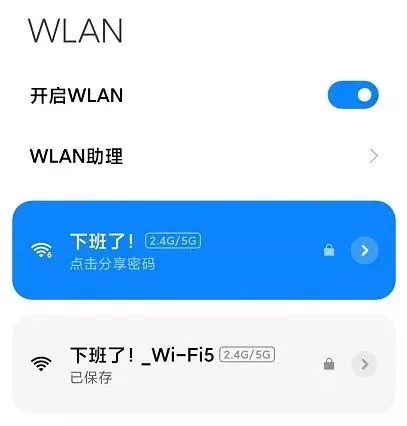
Yes, these are the 2.4GHz and 5GHz bands supported by WiFi 6, so why does this make us happier to surf the Internet?
Tony took his home as an example, opened the WiFi channel diagram and saw that the frequency band above 2.4GHz was full Dangdang。
Even a person who doesn't know anything can feel the congestion of the network from this picture. The front foot is next to the back foot, all crowded together.
But switching to the 5 GHz band looks much cooler
Let's add a little knowledge here. Generally speaking, the larger the number in the frequency band, the faster the signal communication, but the weaker the anti-interference ability of the signal.
In other words, once the indoor terrain is complex (there are many walls), the signal strength of 5 GHz will be greatly weakened.
Although WiFi 6 can support 2.4 GHz and 5 GHz, its switching in these two frequency bands is not very smart.
For example, if you connect WiFi 6 to the router in the living room, the system arranges a 5 GHz band for you because there is no interference.
When you go to the bedroom, with more and more walls, the signal becomes worse and worse until 5 GHz can't be stretched. At this time, the mobile phone can automatically switch to 2.4 GHz.
It looks smart. If it's the other way around
The mobile phone will not actively switch from 2.4 GHz to 5 GHz.
Therefore, under the WiFi 6 protocol, although the network speed is greatly improved through the 5 GHz band.
But it lacks a flexible and intelligent scheduling mode to connect them in series.
In most cases, you still have to separate the 2.4 GHz and 5 GHz bands and connect them manually according to your needs.
When it comes to the frequency band that WiFi 7 can support, it can support 2.4 GHz, 5 GHz and 6 GHz at the same time (6 GHz has not been approved in China at present).
be careful! This is somewhat different from WiFi 6. It is supported at the same time.
This means that WiFi 7 can support the automatic switching of these three frequency bands this time!
It can automatically swing the signal to the appropriate frequency band according to the strength of the signal.
It can also realize "self" load balancing and use its own multi-channel advantages to transmit data concurrently.
This means that the problem of testing WiFi 6 has been solved at once.
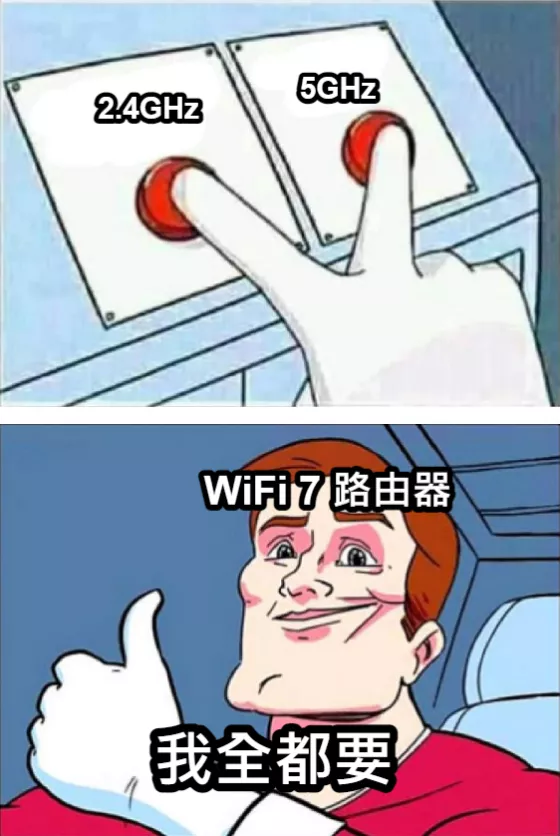
>/ In a complex environment, wisdom is full
Not only does the frequency band for receiving signals support more, but WiFi 7 also optimizes the support for multiple APS. (I can roughly understand that it can support multiple routers)
This is a very interesting feature.
Due to the power limitation of a single router, the signal coverage is very limited.
This is also the reason why sometimes there is only one router installed at home and there is no way to achieve full house signal coverage.
For larger scenes such as companies or exhibitions, if you want to obtain a wide range of stable signals, it will generally be realized through AC + AP or mesh networking.
That is to use a complex number of network nodes to provide huge coverage.
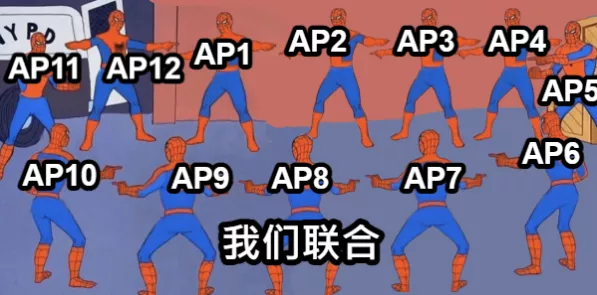
But there are also some disadvantages.
In the previous standards of WiFi 7, each AP and AP could not cooperate, but "fight their own way". A mobile phone could only establish communication with one AP at the same time.
When you move from "AP 1" to "AP 2", when the system detects that the signal becomes weak, it will kick you off the line from "AP 1" first, and then establish communication with "AP 2".
With the help of WiFi fast roaming protocol (802.11k / V / R), it can bring us a nearly seamless AP switching experience.
But there will inevitably be a moment of Caton.
In WiFi 7, the signal input of multiple AP nodes can be synchronously supported.
Under this standard, the WiFi signal received by a mobile phone can be provided by multiple signal sources at the same time.
When you walk around, you can reduce the signal of the AP that is farther and farther away while allowing you to accept the new signal and stronger AP signal.
It's like a swimming pool with the water on one side and water on other.
The water level (WiFi signal) can be dynamically stabilized, which optimizes the Caton at this moment.
>/ Do we need WiFi 7 now
However, there are so many new features of WiFi 7 mentioned above, but to be honest, WiFi 7 is far away from us.
Although MediaTek, Qualcomm and Xinhua have "launched" WiFi 7 from various angles recently.
But when this technology is implemented, transformed and a series of operations come down, if we really want to experience WiFi 7, we may have to wait until 2024.
And now all the products released are service terminals, and the terminal products that can really support WiFi 7 have not been launched yet.
And don't forget that every time new technology comes out, the price is not beautiful.
WiFi 6 router price reduction North ▼
In fact, some functions in WiFi 7 can be found in the WiFi 6e standard released two years ago.
For example, it supports 6 GHz and 4096 QAM functions, which can bring us a higher network speed experience.
If you really need network speed, you might as well buy a WiFi 6e router to taste it. (although the price is not cheap)
From this perspective, we don't have to wait for WiFi 7.
However, we will always need WiFi 7.
After all, it will take three or four years for this technology to be implemented. At that time, perhaps AR, VR, Mr, metauniverse, and even some new things that have not yet been born.
There's always someone who can make WiFi 7 serious.



